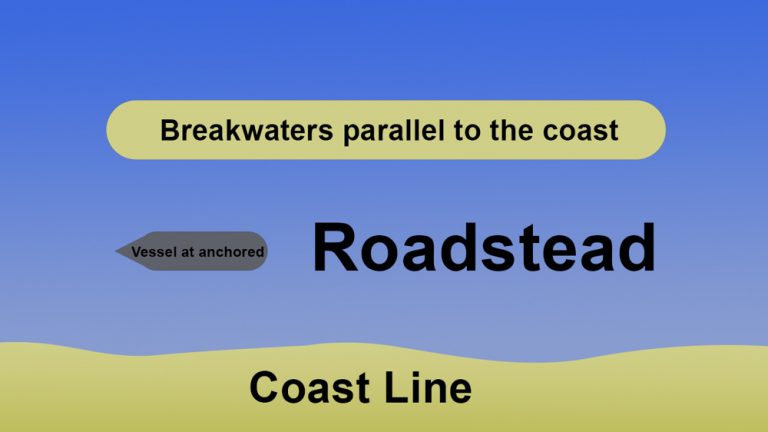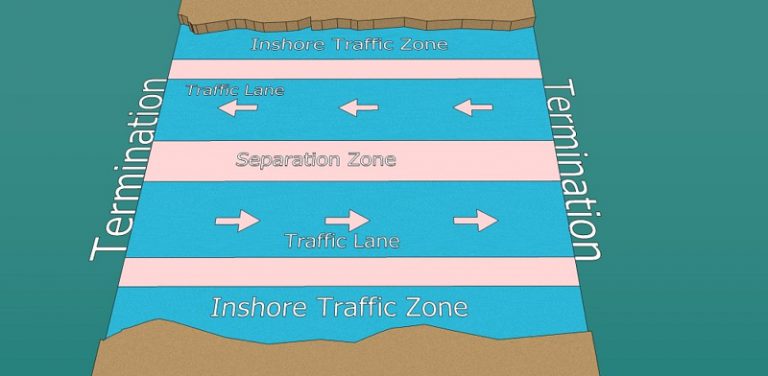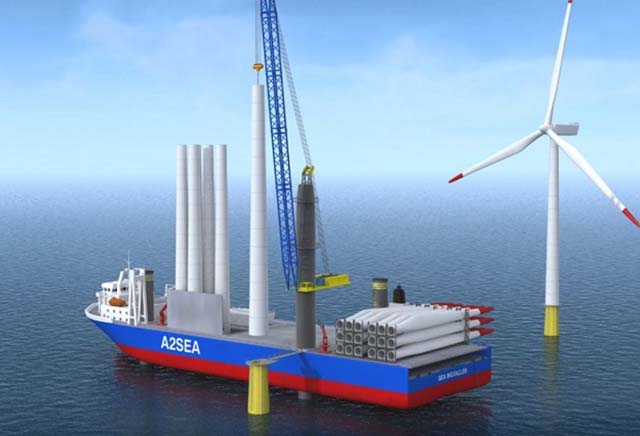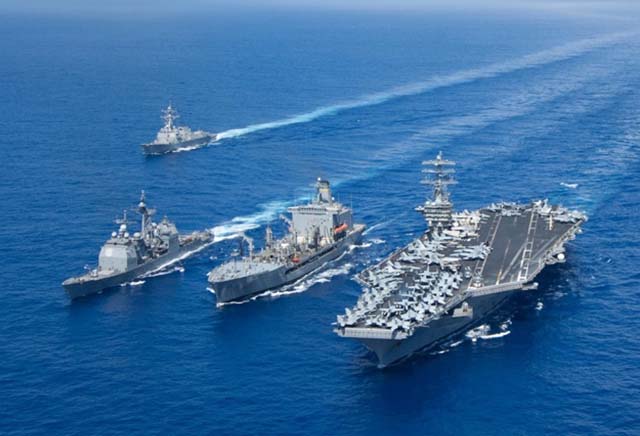Application
(A) These Rules shall apply to all vessels upon the high seas and in all waters connected therewith navigable by seagoing vessels.
(B) Nothing in these Rules shall interfere with the operation of special rules made by an appropriate authority for Roadstead ,Harbours, Rivers, Lakes or Inland waterways connected with the high seas and navigable by seagoing vessels. Such special rules shall conform as closely as possible to these Rules.
Note: A roadstead is an open anchorage, generally protected by shoals, which offers less protection than a harbor. This means that coastal states or local authorities may make special rules for areas, which lie outside the usual limits of inland waters. Mariners should be aware that special rules may be applicable in such areas and should consult the Sailing Directions and other publications for details.
(C) Nothing in these Rules shall interfere with the operation of any special rules made by the Government of any State with respect to additional station or signal lights, shapes or whistle signals for ships of war and vessels proceeding under convoy , or with respect to additional station or signal lights, or shapes for fishing vessels engaged in fishing as a fleet. These additional station or signal lights, shapes or whistle signals shall, so far as possible, be such that they cannot be mistaken for any light, shape or signal authorized elsewhere under these Rules.
Note: The Rule refers to additional lights and signals for fishing vessels, warships, etc., authorized by the Government of any State and does not apply to the signals for vessels fishing in close proximity listed in Annex II which have received international agreement.
(D) Traffic separation schemes may be adopted by the Organization for the purpose of these Rules.
Note: This section of the Rule gives IMO (the Organization) the authority to adopt traffic separation schemes to which the provisions of Rule 10 will apply. A Government may in urgent cases implement a new scheme or an amendment to an adopted scheme before receiving IMO approval. The particulars of traffic separation scheme are laid down in the IMO publication “Ship’s Routing”. Amendments are issued to enable the publication to be kept up to date and information about new schemes, or amendments to existing schemes, are also promulgated through Notices to Mariners.
(E) Whenever the Government concerned shall have determined that a vessel of special construction or purpose can not comply fully with the provisions of any of these Rules with respect to the number, position, range or arc of visibility of lights or shapes, as well as to the disposition and characteristics of sound-signalling appliances, such vessel shall comply with such other provisions in regard to the number, position, range or arc of visibility of lights or shapes, as well as to the disposition and characteristics of sound-signalling appliances, as her Government shall have determined to be the closest possible compliance with these Rules in respect of that vessel.
Note: This paragraph originally had particular application to naval vessels but was also applied to other vessels of special construction and purpose, when full compliance with the provisions of the Rules for lights, shapes or sound-signaling appliances could not be achieved without interfering with the special function of the vessel. Aircraft carriers have their masthead lights placed off the center line with reduced horizontal separation. Their sidelights may be on the either side of the hull or on either side of the island structure. Many warships of over 50 meters in length cannot be fitted with a second masthead light. Submarines usually have two masthead lights but the forward white light may be lower than the sidelights. Some submarines are fitted with an amber flashing light 2 meters above the after masthead light for use as an aid to identification in narrow waters and areas of dense traffic. A similar light is used by hovercraft.





